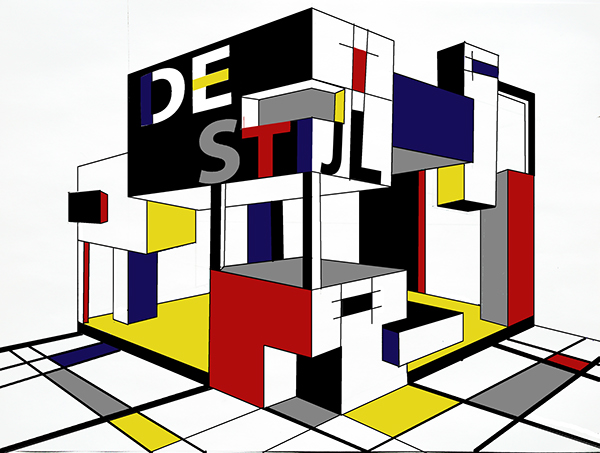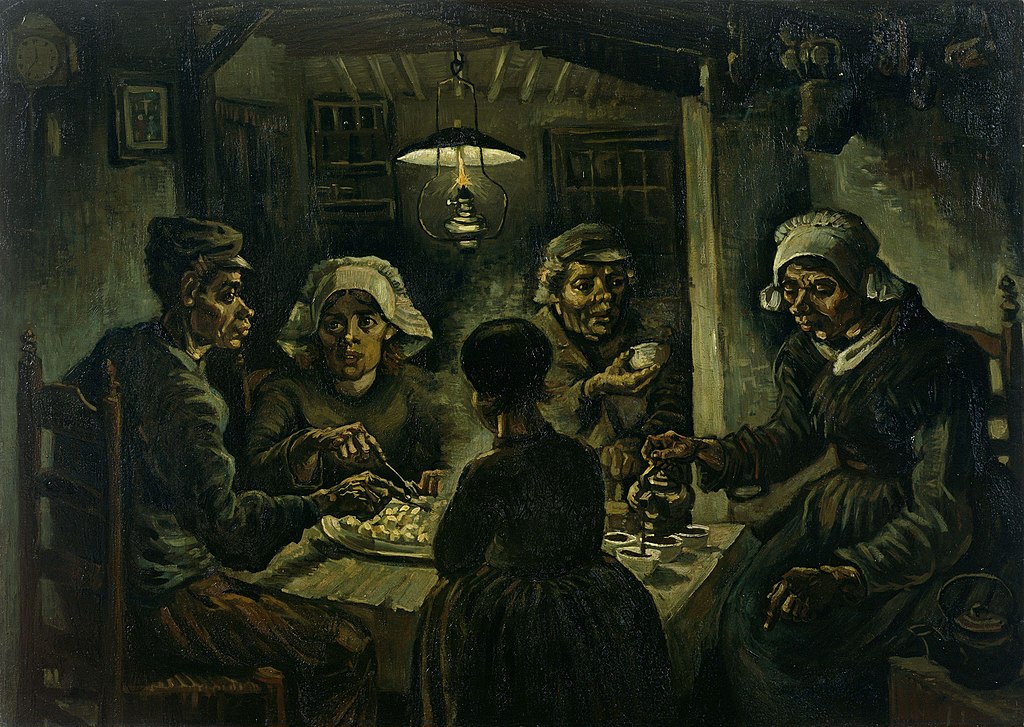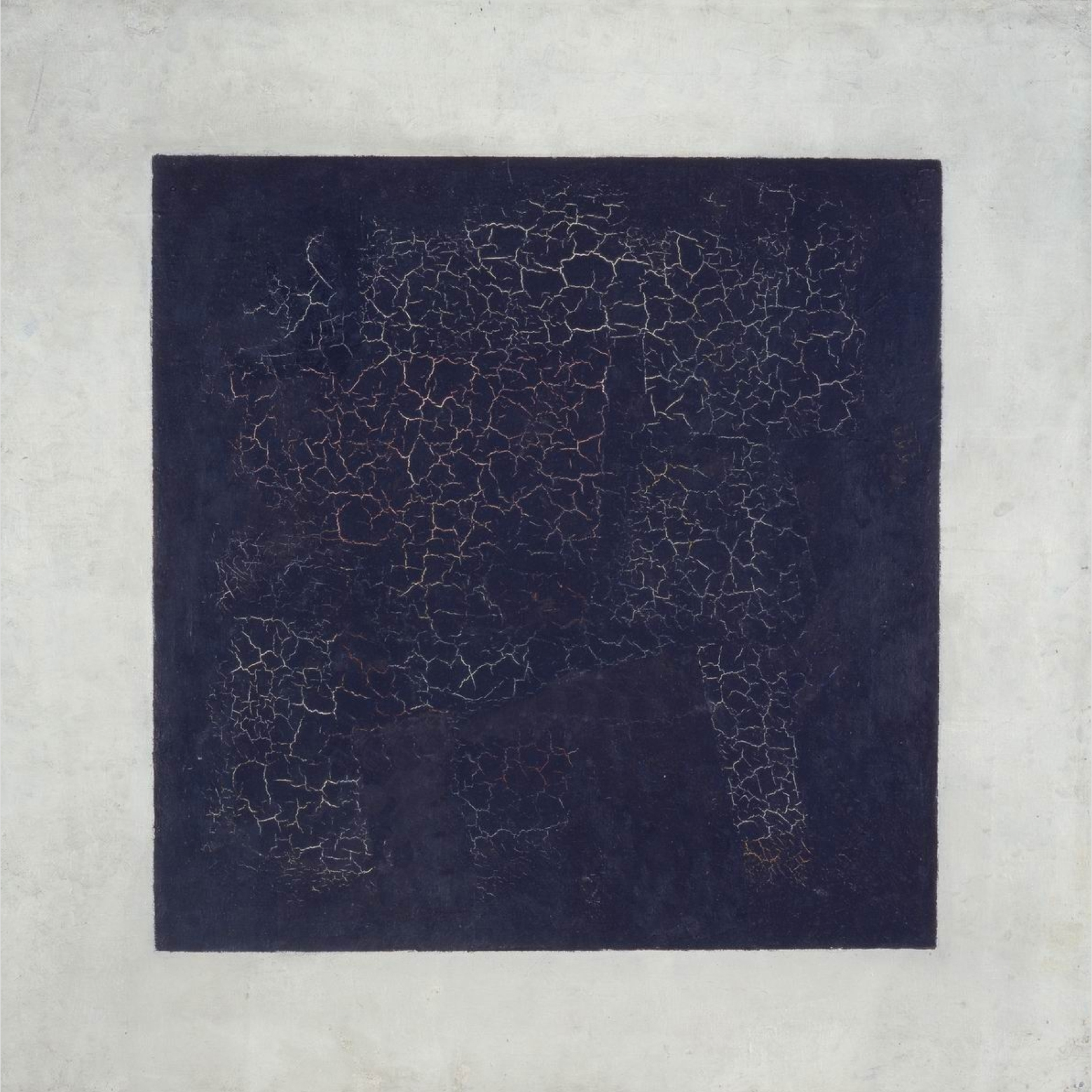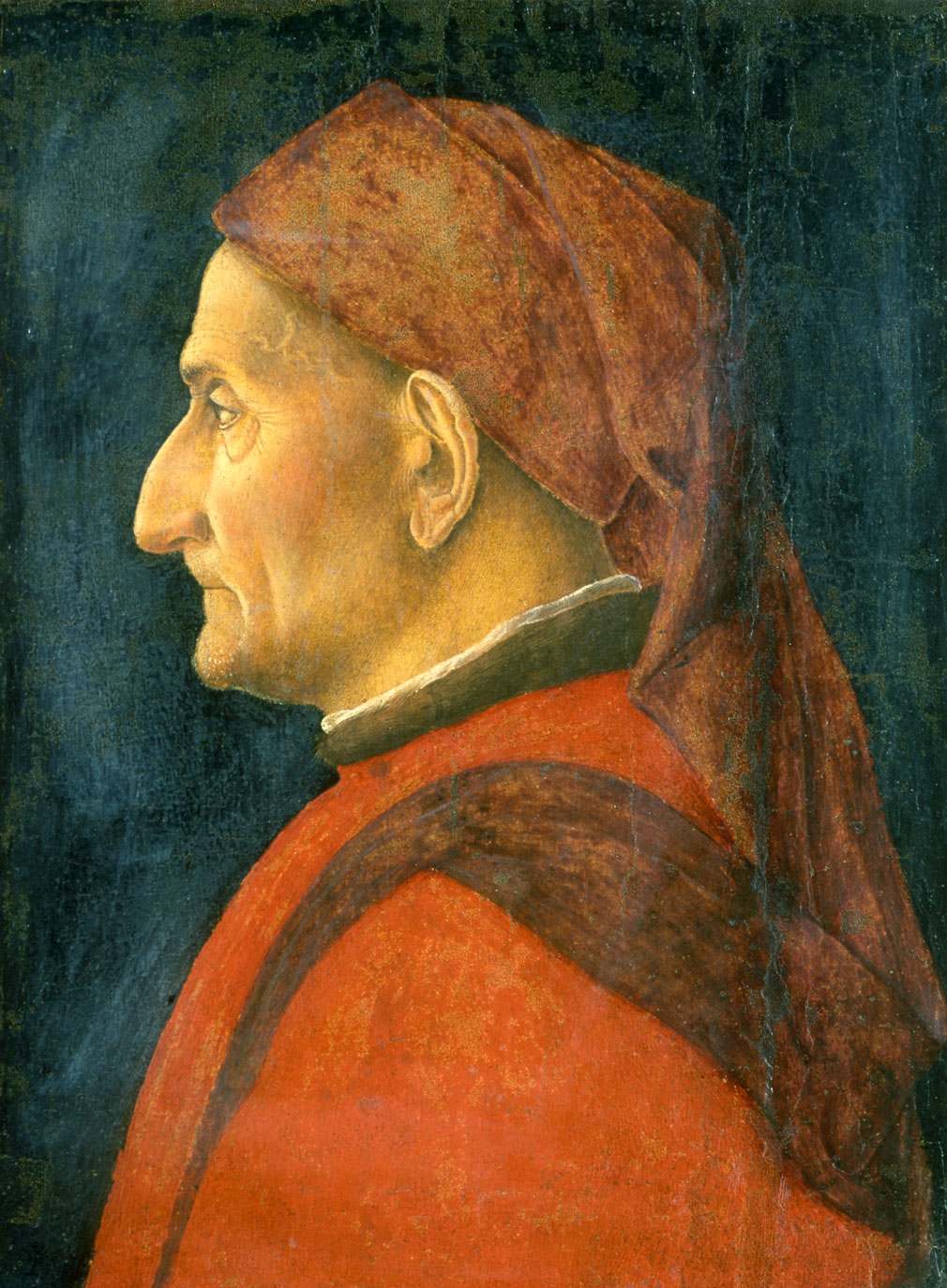 Richard Hamilton
Richard Hamilton Richard Hamilton was an English painter and collage artist. He was born on February 24, 1922 but died on September 13, 2011. His work is considered to have been amongst the earliest works of pop art.
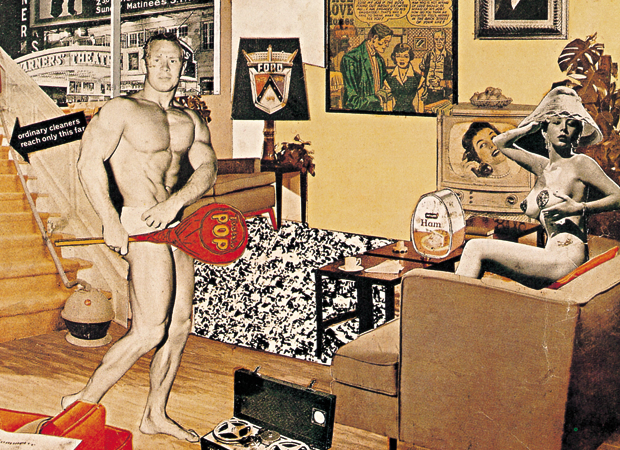 Richard's piece, 'Just what is it that makes today's homes so different, so appealing?' (image below) is one of his famous collages from 1956. The collage displays a muscular man holding a Tootsie Pop, a woman with large, bare breasts wearing a lampshade as a hat, vacuum cleaner, tinned ham, Television set, and tape recorder. All the things present in this piece seemed to have been things that were seen as a must have or that people really wanted in their homes during the time the artwork was created. This piece is said to have been the first work of pop art to have achieved iconic status. This piece is iconic because Richard Hamilton uses popular images to explore how the everyday life at that time was changing rapidly. This piece was created during a time where people were heavily getting into the style of mall shopping, watching television and driving cars. This piece to my understanding is also a symbol of leisure.
Richard's piece, 'Just what is it that makes today's homes so different, so appealing?' (image below) is one of his famous collages from 1956. The collage displays a muscular man holding a Tootsie Pop, a woman with large, bare breasts wearing a lampshade as a hat, vacuum cleaner, tinned ham, Television set, and tape recorder. All the things present in this piece seemed to have been things that were seen as a must have or that people really wanted in their homes during the time the artwork was created. This piece is said to have been the first work of pop art to have achieved iconic status. This piece is iconic because Richard Hamilton uses popular images to explore how the everyday life at that time was changing rapidly. This piece was created during a time where people were heavily getting into the style of mall shopping, watching television and driving cars. This piece to my understanding is also a symbol of leisure.The collage suggests that the 50's was a time period where Britain was becoming increasingly influenced by the Americans. British households were now in a way being forced to imitate what the American households that were being shown in magazines and films so the fascination of technology is clear in Richard's work because that was what was going on at the time. After the Second World War, some British households were looking for a new way to live so this piece which contained the typical image of an American living space in a way acted as an advertisement to help those looking for a new way of living an idea of what they could go for.



.jpg)
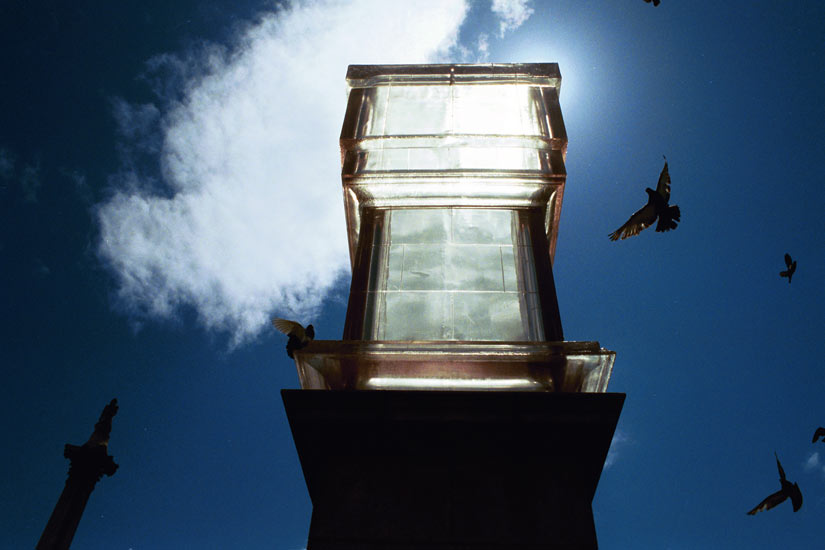

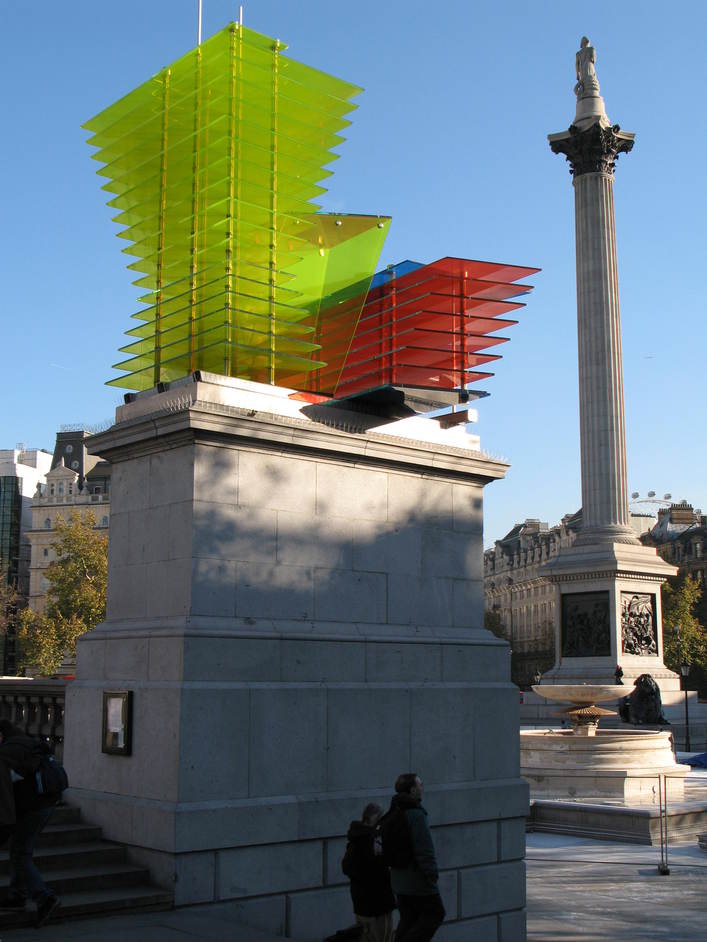

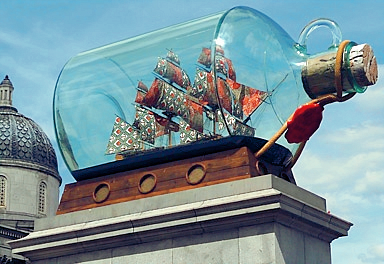

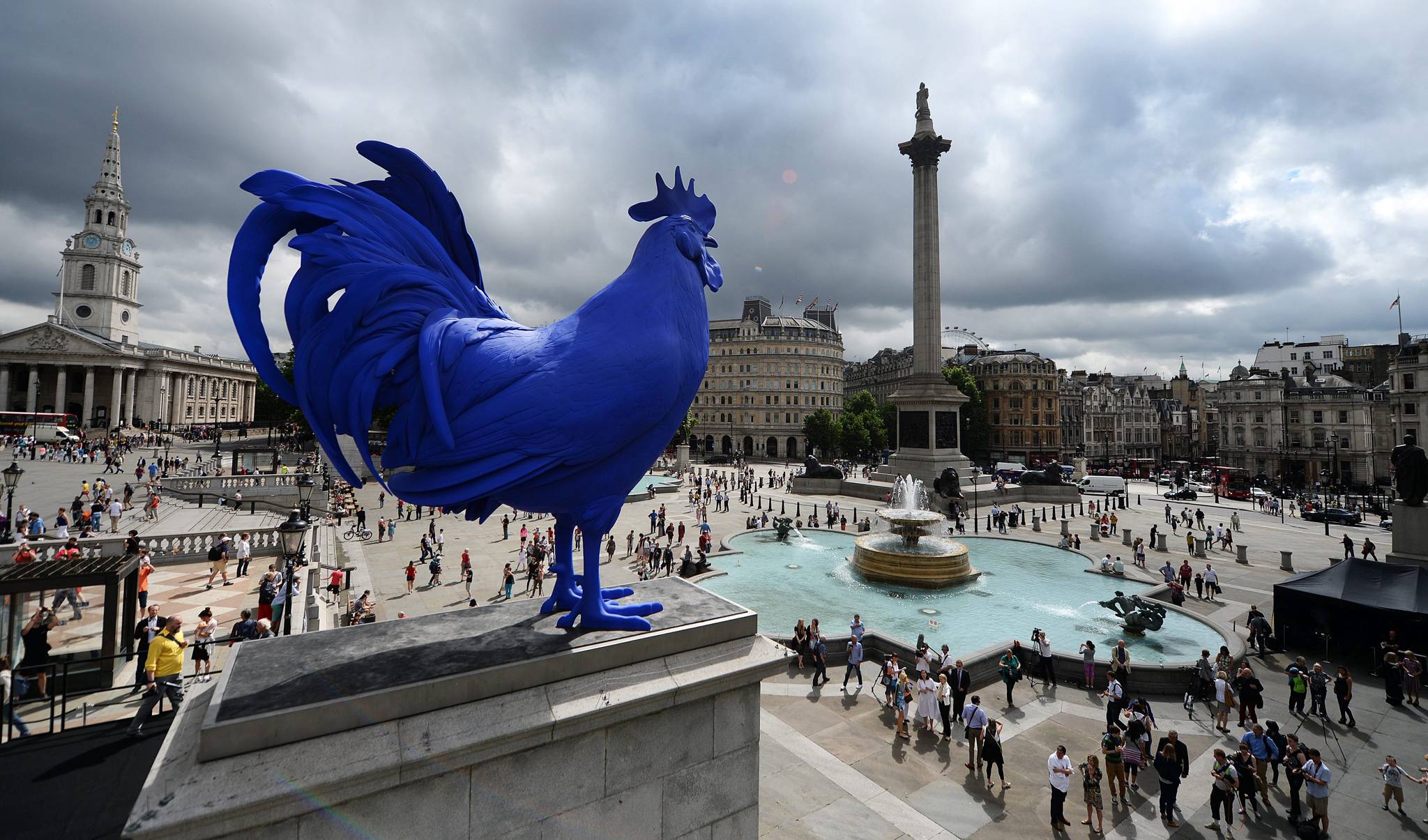
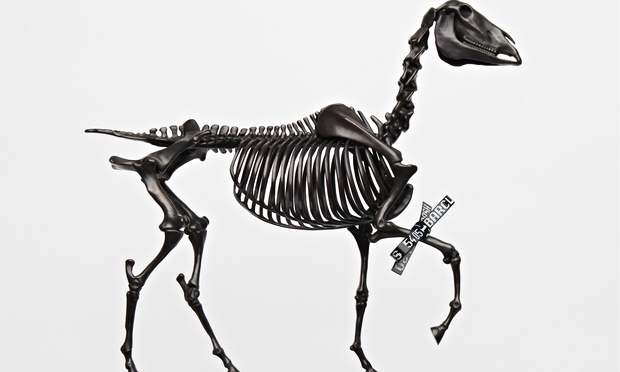
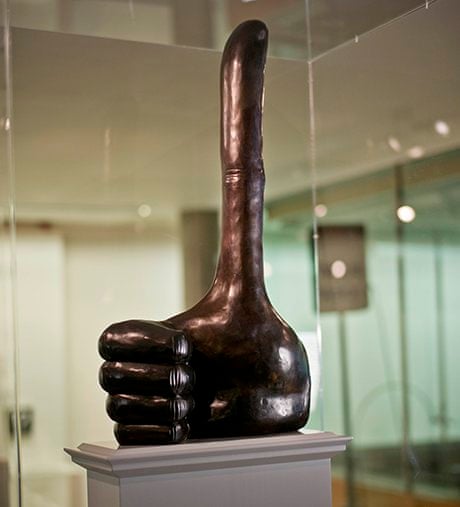
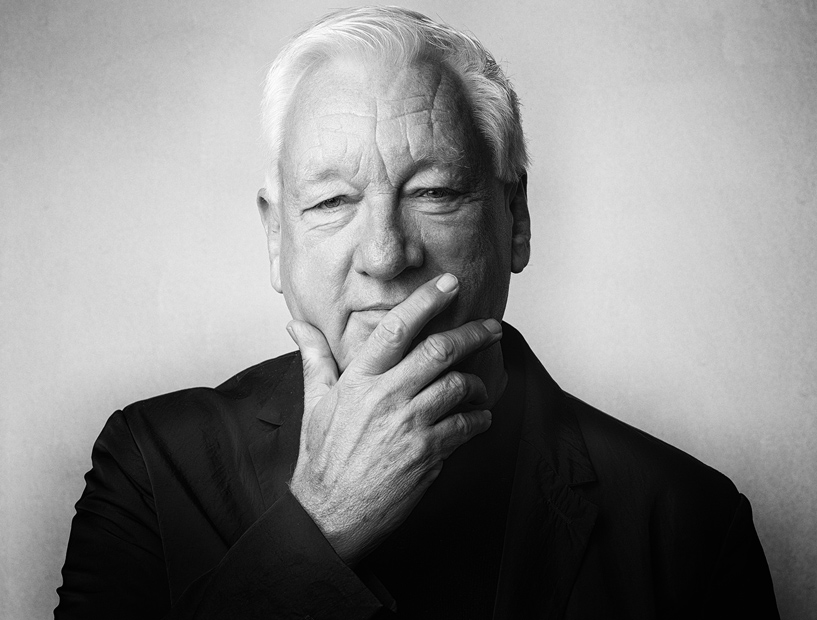

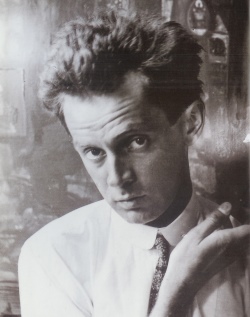

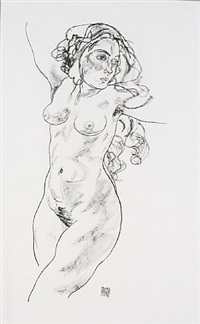
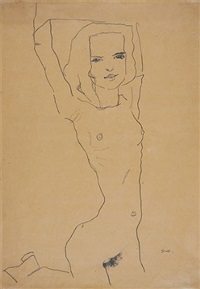


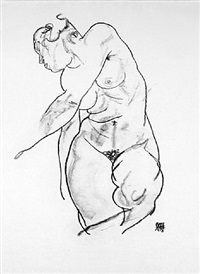

.jpg)
